You'll Become a Props Expert with These Five Simple Tips
How you dress a scene can influence a project's tone and convey important information, so you have to consider props early on.
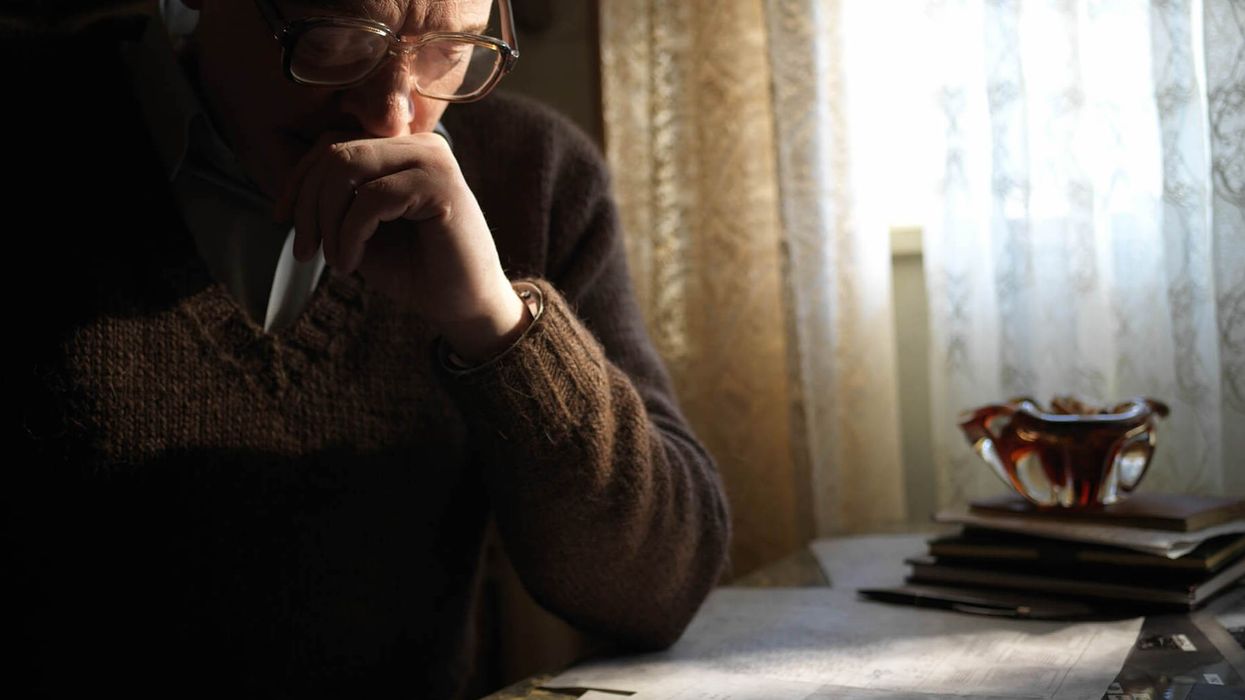
If you're planning a shoot, you should be thinking about props in pre-production. Why?
Because props can be so much more than just items on a set -- they can help you tell the audience about the tone you're going for, about the characters on screen, and about the time period of the story.
Ever hear the old axiom show don't tell?
Props are the perfect place for the informed and skilled filmmaker to do just that.
For instance, think of all those old-fashioned cars on the sets of Chernobyl. Or remember how that iconic episode from Barry conveyed a lot of story information about characters just through props in the house and how they were arranged? (Yes, I am still talking about Barry.)
Videomaker walks viewers through some basic tips and terms for working with props on productions. Watch the video below.
1. Props equal personality
As the video points out, your own surroundings probably aren't totally empty, so why would your characters' settings be? Remember to consider characters' backgrounds, hobbies, and personality traits when selecting props for them.
Are they a world-traveling academic and adventurer like Indiana Jones? Fill their space with a mess of books and artifacts.
Are they a psychopath concerned totally with image like Patrick Bateman in American Psycho? Give them a flashy apartment.
Are they living in 1986 Soviet Russia and have very few worldly possessions? Maybe their settings are going to look a little more sparse.

2. Know the names of different props
It's always handy to know the correct terminology when working on a production. Here are a few types of props you should know.
- Personal props are props that are unique to a character and can be used repeatedly. For instance, if a character uses the same mug for their coffee over several scenes, it becomes almost a part of their wardrobe. This is a personal prop.
- Hand props are more generic props used only once. A scene might call for one mug in one scene, and another generic mug in another.
- Practical props are ones that serve a practical purpose on set, beyond the plot or characters. One example would be a lamp in a scene providing practical lighting.
- Practical effects are things like sugar glass and squibs, and are props used in practical (in-camera) effects sequences.
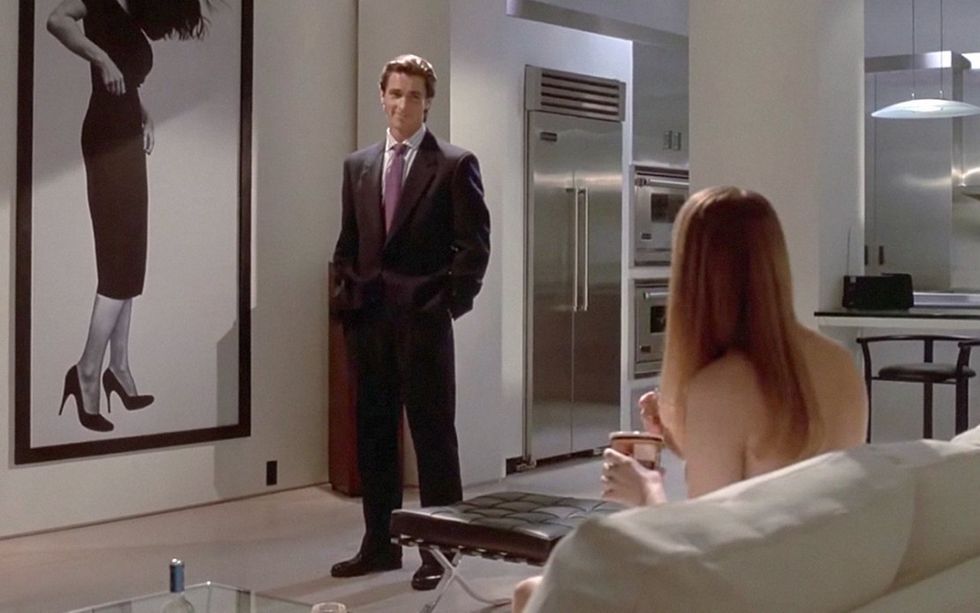
3. Make a list of all the props you need
Before you start shooting, you should know exactly what you'll need on set. You will make a list of your props based on your shooting script, noting when and where they will be required.
Screenwriting programs like Final Draft and Celtx have built-in tools that will let you pull this information easily.
4. Find or make the props you don't have
This is an area where you can get creative. Check secondhand stores, thrift shops, or antique markets for unique, affordable props you can refurbish.
You also have the option to build your own props, if you have the materials and resources. Try papier-mâché or sculpting foam.
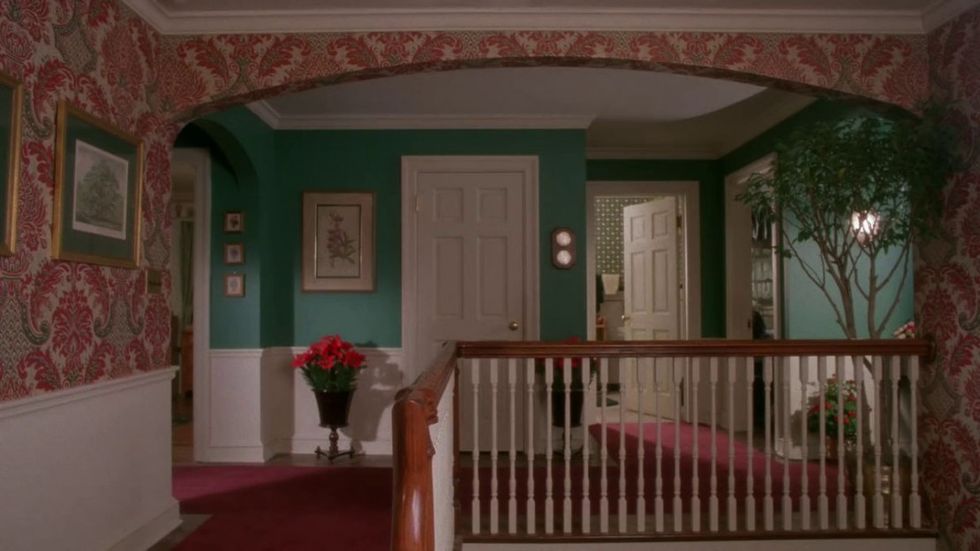
5. Keep your props organized
Once you have all the props you need, designate a table on set where they can be safely kept. After shooting is finished for the day, have a safe, secure place to store them.
If you can, hire a property master to be in charge of your production's props.
What's next? Learn more about dressing sets
We've got six tips on effectively dressing sets. If you're going to be having food in a scene, learn how to style and shoot it.
Remember that props are going to play into your budget, so check out tips for budgeting, too.
Finally, check out our list of the 100 greatest movie props of all time!
What are some of your go-to props? How you find props affordably? Share your insight in the comments!
Source: Videomaker

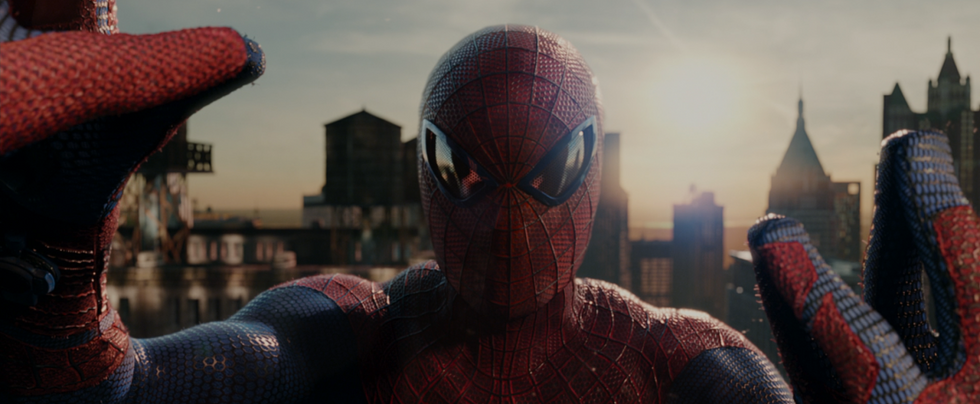 'The Amazing Spider-Man' (2012)
'The Amazing Spider-Man' (2012)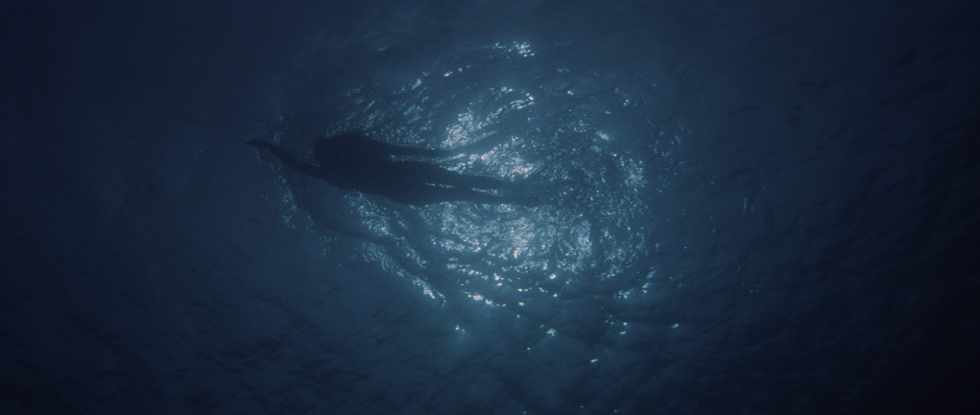 'Jaws' (1975)
'Jaws' (1975)









